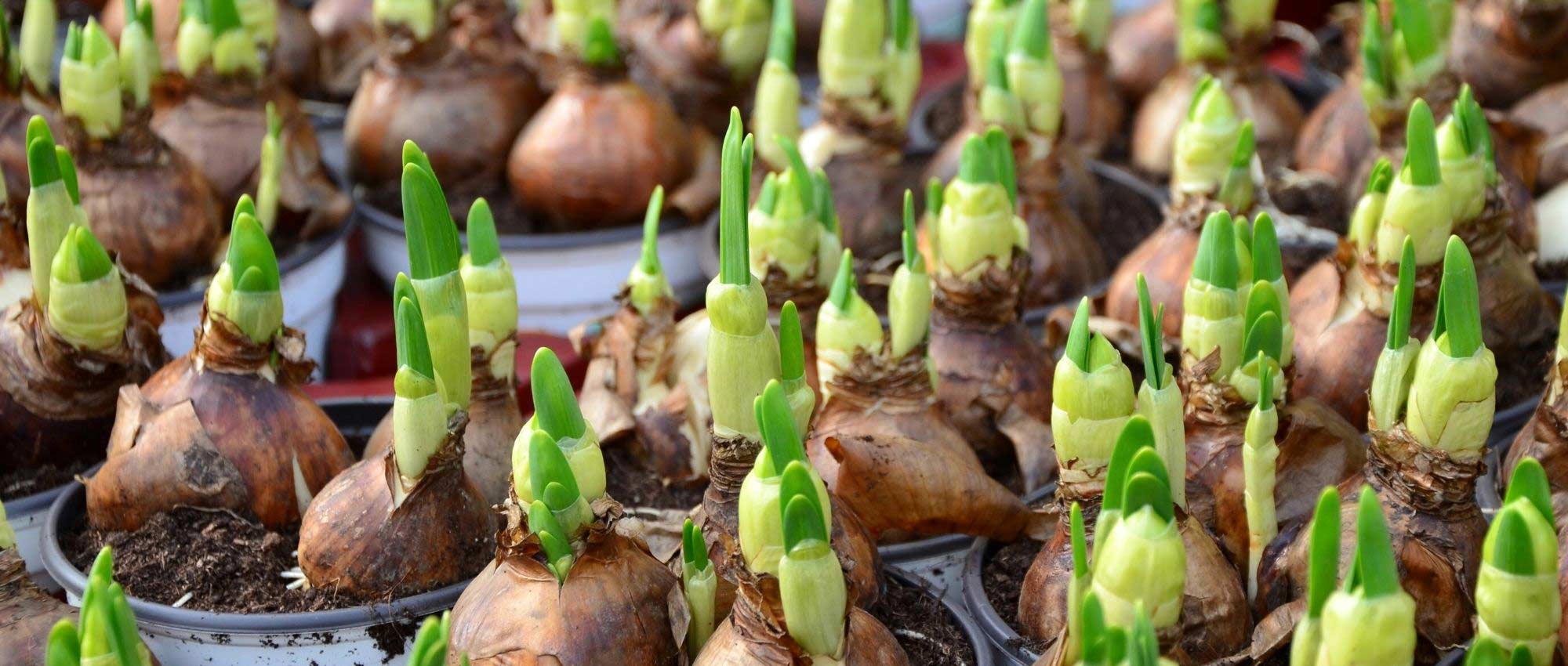
Bulb sizes: how to choose?
Our tips for plants you grow
Contents
Tulips, daffodils, crocuses or hyacinths are perennials that have in common the fact they form bulbs: these underground storage organs allow plants to survive the unfavourable season in the soil. The plant sends nutrient reserves into the bulb, then it goes dormant over winter, and in spring it draws on those reserves to grow and flower. Some plants can also go dormant during summer to survive drought. Bulbous plants are sold in different sizes : this is an essential criterion for choosing bulbs correctly. Bulb size is crucial for plant development and quality of future flowering. Price also varies depending on size, smaller bulbs being cheaper than larger ones.
Discover all our tips for choosing your bulbs and ensuring beautiful flowering!
Why buy large-calibre bulbs?
Calibre refers to circumference of bulbs, in centimetres. The larger a bulb is, the more reserves a plant has accumulated, and the more likely it is to produce an abundance of large, attractive flowers. Conversely, small bulbs have a lower chance of flowering, and when they do the flowers are smaller and fewer… A large‑calibre bulb also has a greater chance of re‑establishing.
Bulbs of plants naturally grow larger over the years. Small bulbs are often from younger plants. There is a risk they will not flower in the first year, as they need time to store reserves, enlarge the bulb and be able to flower. Choosing larger bulbs therefore saves time. Similarly, small bulbs are generally less robust, less hardy, more fragile…
Calibre is, however, highly variable from one species to another, botanical bulbs always have a smaller calibre than horticultural varieties. Snowdrops and grape hyacinths, for example, naturally form much smaller bulbs than amaryllis, hyacinths and tulips.
Bulbs sold at low prices are often small‑calibre bulbs, so there is a risk that flowering will be rather poor, or that the bulb will not flower in the first year.
How to choose the right bulbs?
Aside from size, other criteria should be considered when choosing bulbs:
- Bulbs should be firm — they must not become soft or be easily crushed to the touch,
- They must show no spots or signs of mould; otherwise there is a risk they will rot once planted,
- They must have no wounds or cuts,
- The bulb should not be advanced in growth (or only very slightly): no developed leaves or shoots.
Labels on the bulb packets you buy may be one of two types:
- “8/10”, for example, means the smallest have a circumference of 8 cm and the largest 10 cm (they will not exceed this size)
- “8+” means bulbs have a minimum circumference of 8 cm (some in the batch may be larger)
You can, however, guide your choice depending on how you intend to use your bulbs:
- For a naturalistic garden, or planting in a large short grass meadow for example, you can choose small bulbs and botany species, which you will allow to naturalise.
- For forcing, choose the largest bulbs.
- For planting in a flowerbed, choose medium or large bulbs.
- For planting in a planter, you can choose medium or small bulbs to save space.
Plants with the largest bulbs generally have an impressive effect, with large and abundant flowers. They can easily be showcased in a flowerbed by planting them in small groups or relatively isolated. Conversely, plants that form small bulbs are often of a more natural, delicate style. They benefit from being planted in large numbers, for example in a short grass meadow or at the base of trees (chionodoxa, muscari, perce-neige, crocus…).
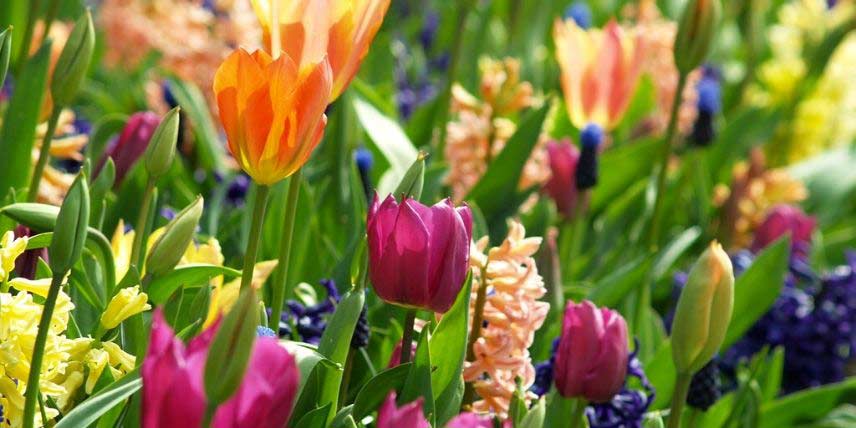
Discover other Summer flowering bulbs
View all →Available in 1 sizes
Available in 1 sizes
Available in 2 sizes
Available in 1 sizes
Available in 1 sizes
Available in 1 sizes
Available in 2 sizes
Available in 2 sizes
Available in 1 sizes
Available in 1 sizes
Summary table
To help you buy bulbous plants, here are the sizes we recommend you choose:
| Plant type | Recommended minimum sizes |
| Amaryllis | 30 and above |
| Anemone coronaria (Caen anemone) | 6/7 and above |
| Camassia | 12 and above (smaller bulbs for Camassia quamash: 6 and above) |
| Chionodoxa | 5 and above |
| Crocus | 7/8 and above (except botanical crocuses) |
| Cyclamen of Naples | 10 and above |
| Imperial fritillary | 20 and above |
| Gladiolus | 12/14 and above |
| Iris reticulata | 5 and above |
| Hyacinth | 16 and above (at least 18 for hyacinths for forcing) |
| Lily | 16 and above |
| Muscari | 7/8 and above |
| Daffodil | 12 and above (from 7+ for botanical daffodils and mini daffodils) |
| Snowdrop | 5 and above |
| Florist’s ranunculus | 6/7 and above |
| Scilla | 7/8 and above |
| Tulip | 10/12 and above |
| Botanical tulip | Variable. From 4+ |
In general, bulbs of botanical species (daffodils, tulips…) are often smaller than those of horticultural varieties.
Small-bulb plants (crocus, snowdrop, chionodoxa…) benefit from being planted en masse. We recommend planting them in large numbers and letting them naturalise!
By contrast, large bulbs such as amaryllis or imperial fritillary are better planted singly or in small groups.
- Subscribe!
- Contents
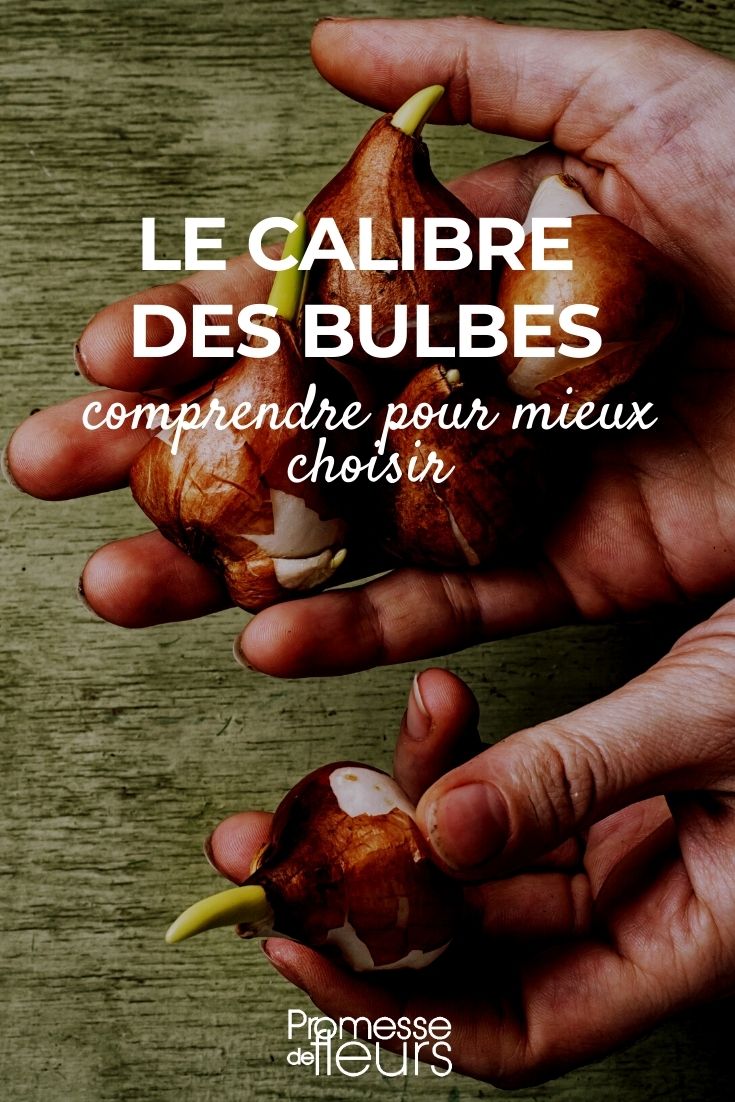































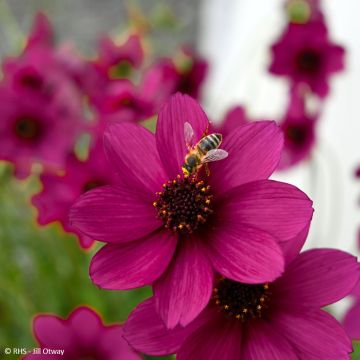
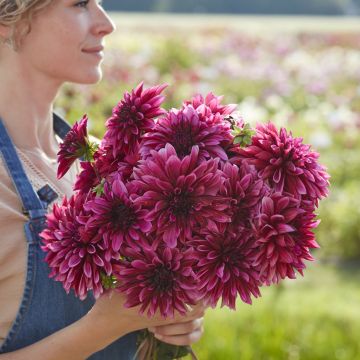
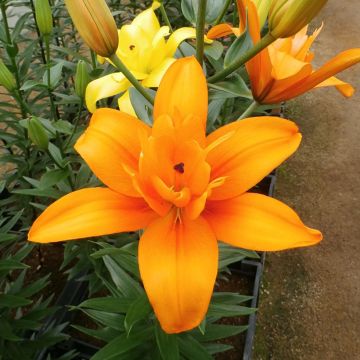


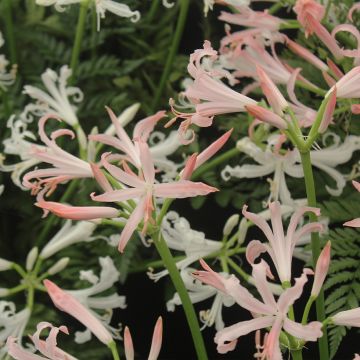
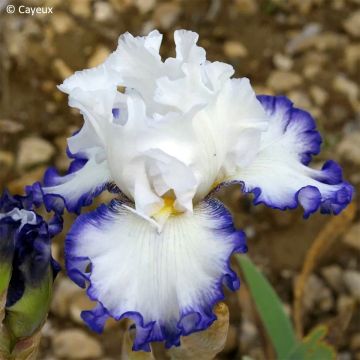
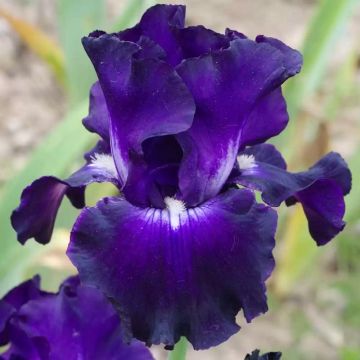
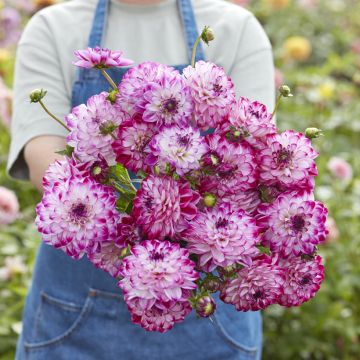

Comments